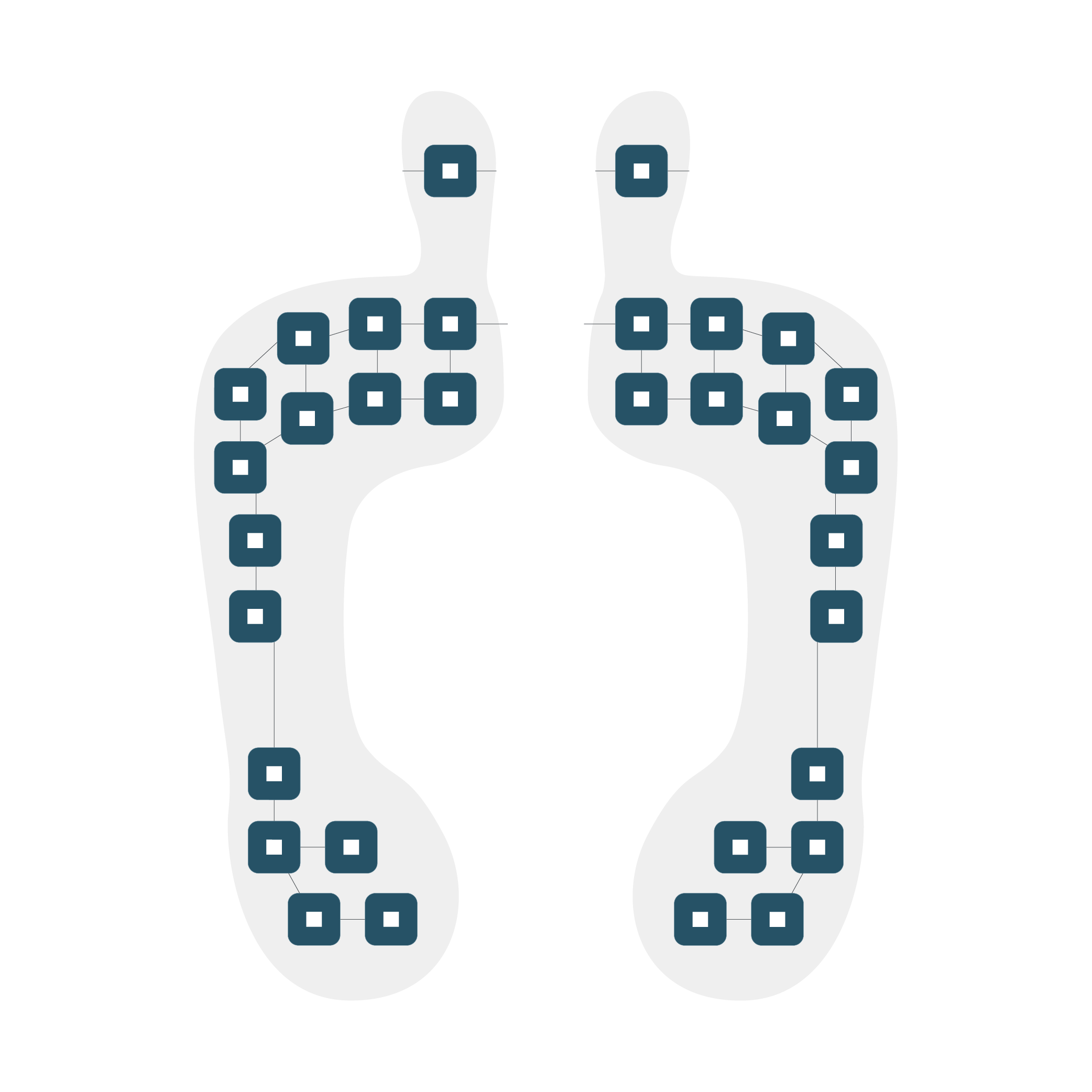It’s 2023 and we are witnessing the Rise of the Machines. The twist in the tale: the rise has taken on the form of AI-enabled applications in lieu of homicidal cyborgs.
The latest and most talked about to date is ChatGPT by OpenAI. GPT stands for “Generative Pre-trained Transformer”. If you are up to date with the latest AI developments, it seems like everyone has been talking about it for the past few weeks, reaching one million users within five days of its release. It has been hailed as the next Google, with its ability to give comprehensive answers rather than just spewing out search results.
If you’re unfamiliar with ChatGPT, maybe you’ve heard of Lensa by Prisma. This AI app works by requesting the user to upload photos, and then rendering digital avatar-like portraits of them, and it is making big waves on photo sharing platforms. AI has already made a huge impact on the art world in 2022, with AI-generated art winning a blue ribbon at the Colorado State Fair amidst mixed responses.
But how can AI be used outside of social media trends?
The evolving relationship between Industry 4.0 and AI
The relationship between the Industrial IoT (IIoT) and AI is an evolving one. Also referred to as Industry 4.0, it uses intelligent machines and real-time analytics to enhance manufacturing and industrial processes. Connected sensors allow these machines to detect faults sooner while AI provides information to make the decision of alerting people about potential malfunctions. This helps companies save time and resources while driving business decisions more effectively.
Artificial Intelligence and Machine Learning (ML) are widely known for their role in Industry 4.0 regarding automation, creating software with human-like levels of understanding. When done correctly, it helps to reduce errors, and increase productivity by decreasing the demand for human intervention during manufacturing. That means humans will perform less evaluation and decision-making. Intelligent machines automate operations by regulating their speed as required and modifying performance based on discrepancies in raw materials and the operational stage of other processes.
The role of AI in Industry 4.0
Outside of process automation, AI has countless applications in industrial settings. One of them is the construction of digital twins, which help to accelerate product development lifecycles. A digital twin is a digital replica of a physical object, process, or service. It can represent an object in the physical world such as a submarine or an entire city. They help the industry by simulating processes and creating data that helps to predict how a product or service will perform.
Based on sensor data, AI systems can also identify and predict potential issues related to fabrication. Industrial equipment is susceptible to natural wear and tear, but this can be exacerbated by certain conditions in a factory. Sensors monitor vibrations, temperatures and other variables that might lead to suboptimal operating conditions. The data accumulated during production is analyzed using AI to uncover hidden patterns applied to optimize design and production processes.
Combining AI with geolocation and long-range connectivity allows industries to perform asset tracking, a useful tool for suppliers and manufacturers to stay up to date on the status of their assets. Asset management systems help to keep track of machines and fleets, or even employees. Teams are notified if there is anomalous machine activity that requires extraordinary intervention, or if a team member is in distress, as alerts are sent to first aid responders. If goods are at risk of being damaged, the system can alert stakeholders, allowing them to take preventative actions to remedy the situation.
AI Making Cities Safer and Smarter
Safety and security are managed differently in smart cities. When a crime is committed, it is common to review any available camera footage to identify suspects. Smart city cameras possess AI systems that help to identify characteristics of a suspect, including facial features, physical build, or items of clothing. They also have the ability to analyze camera footage in real-time, detect criminal behavior and report it instantly. These factors combined decrease the time it takes to get a suspect into custody, making smart cities that much safer.
A circular economy is high on the list of priorities of any smart city, integrating energy-tracking systems with AI brings us closer to making it a reality. How? Smart sensors linked with AI analyze and track energy consumption (by businesses and citizens). This data shows consumption patterns: when and where the most wastage occurs. It can then be used to make decisions to introduce alternative sources of renewable energy and implement conservation proposals. AI and Machine Learning also play a significant role in pollution control by providing concrete evidence for legislation for smarter transportation networks and minimizing the harmful effects of greenhouse gases.
The Rise of The Machines
The rise of the machines is set to continue as AI algorithms continue to mature and become integrated with Industry 4.0. Manufacturers understand the power of AI: how it can improve production efficiency and business practices, and they have started implementing these intelligent systems. This plot is centered around asset tracking for worker safety, predictive maintenance for reduced cost and quality control for customer satisfaction.
